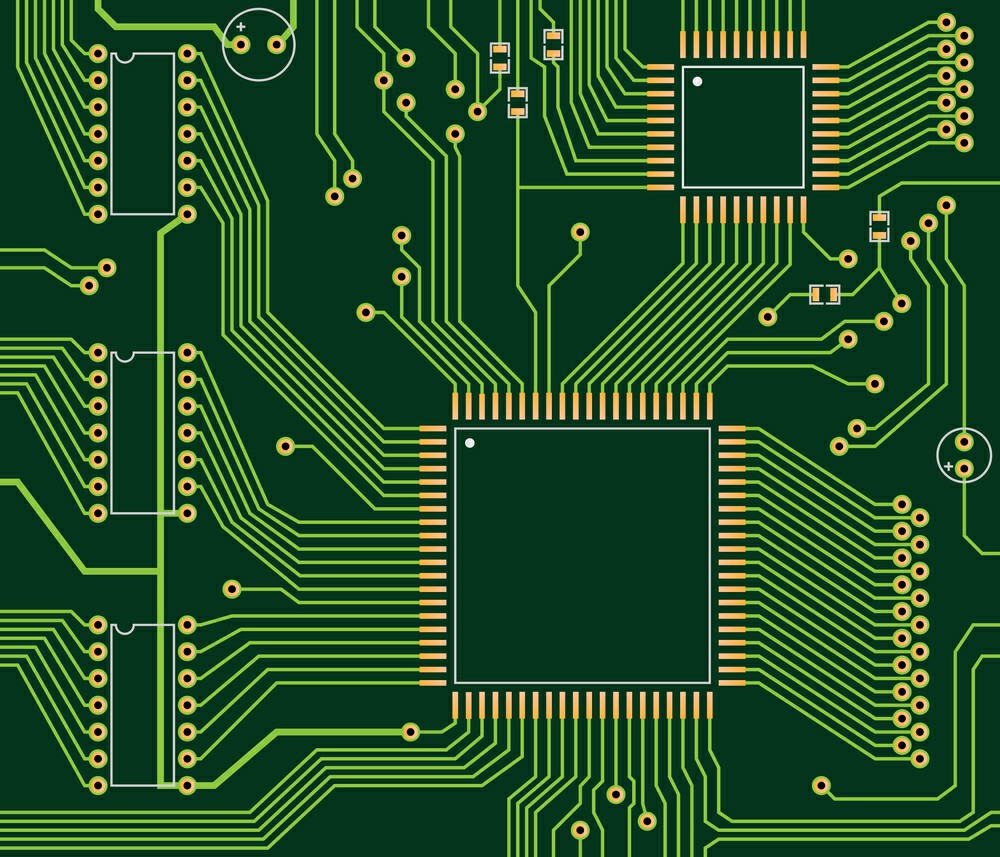PCB circuit board is a key electronic component that is primarily used to support and connect various electronic components. Its function enables the electrical connection between electronic components and realizes the integrity and effectiveness of the circuit. With the development of science and technology, PCB has become an indispensable part of various electronic devices.
PCB circuit board includes a substrate, a conductive layer, an insulating layer, and pads. The substrate is the basic material of the PCB, usually made of glass fiber-reinforced epoxy resin, covered with copper foil to form a conductive layer. The pads are used to solder electronic components so that they can be securely fixed to the PCB.
PCBs can be categorized according to the number of layers of conductive graphics,usually divided into single-sided PCBs, double-sided PCBs, and multilayer PCBs. Single-sided PCBs are only on one side of the conductive graphics, which is this type of simple electronic device. Double-sided PCBs have conductive graphics on both sides and are suitable for electronic products that require double-sided wiring. Multilayer PCBs consist of multiple layers of conductive graphics and are ideal for devices that require high density, high reliability, and high performance, such as computers and servers.
PCB circuit boards can also be categorized according to their functions and applications, such as high-speed PCBs, low-frequency PCBs, and HDI boards. High-speed PCBs are used in areas such as 5G communications, servers, and data centers, which require them to have excellent signal transmission performance. Low-frequency PCBs, on the other hand, are commonly used in simple devices. At the same time, HDI boards are suitable for high-reliability and high-performance electronics due to their high-density interconnect characteristics.

The material classification of PCBs includes organic and inorganic materials. Common organic materials include phenolic resin and epoxy resin substrates, widely used in traditional PCB manufacturing. Inorganic materials such as ceramic substrate are used for special needs PCB circuit board, in addition, according to the different conductive materials, PCB can be divided into copper substrate and aluminum substrate, of which the copper substrate is widely used in high-frequency circuits and precision communication equipment because of its good thermal conductivity.
The structural classification of PCB circuit board mainly includes rigid PCB, flexible PCB, and rigid-flexible PCB. Rigid PCB is usually made of solid materials such as glass fiber, which cannot be bent and is suitable for most traditional electronic products. Flexible PCBs, on the other hand, are bendable and are suitable for applications that need to accommodate different shapes, such as wearables and medical devices. Rigid-flex PCBs combine the advantages of rigid and flexible boards to save space and improve connection reliability.
With the rapid spread of 5G communication technology, the demand for high-speed and high-frequency PCBs will show strong growth. These PCB circuit boards have extremely high requirements for signal transmission speed and stability, especially in the scenario of supporting more wireless device access and data transmission, the importance of which is becoming more and more prominent. The design and manufacture of high-speed PCBs will become one of the important directions of the PCB industry in the future.
Electronic products continue to develop towards thin and light miniaturization, and PCB design needs to achieve more functionality in a smaller space. The application of multi-layer board technology and flexible PCB will allow the integration of multiple functions in a limited space to improve product competitiveness. Intelligent and integrated PCB design will become an important development direction in the future, and demand will continue to rise.
In addition, with the improvement of environmental awareness, green has become an important development direction of PCB manufacturing. Future PCB manufacturing technology will pay more attention to energy saving and reducing the impact on the environment. For example, PCB circuit boards manufactured with recyclable materials can reduce waste emissions, in line with the concept of sustainable development. Therefore, the application of environmentally friendly technology will be throughout the PCB production process.